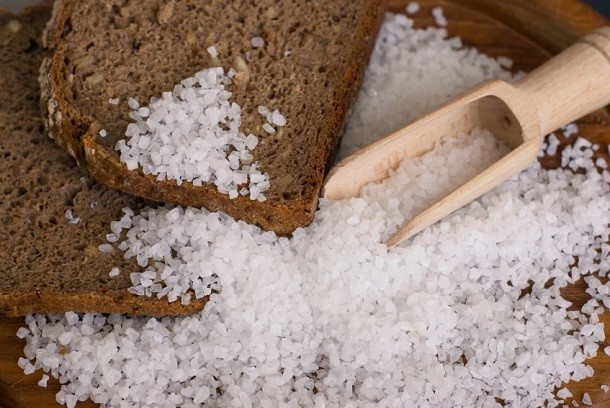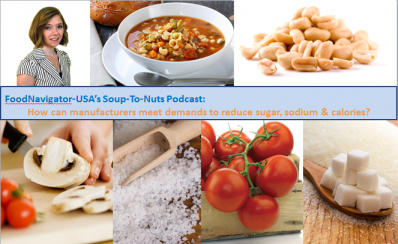Higher sodium intake could ease gout flares, but following the DASH Diet is an overall healthier option

A study published Aug. 15 in the journal Arthritis & Rheumatology surprised researchers by revealing higher sodium intakes at about equal to the average sodium consumption in the current American diet decreased serum uric acid, which is a causal pathway for gout and a potential risk factor or mediator for heart disease outcomes.
The researchers hypothesized that lower sodium levels would reduce serum uric acid, and thus be a potential way to help manage gout, which is a painful form of arthritis that has long been associated with unhealthy diet and lifestyle.
However, the crossover study with controlled diet of 103 adults with pre- or stage 1 hypertension found participants who were randomly assigned to consume a medium sodium level saw an average of 0.3 mg/dL decrease in their serum uric acid levels compared to those who consumed a diet low in sodium. In addition, the serum uric acid levels of those who consumed a high sodium level dropped 0.4 mg/dL compared to the low level.
The researchers acknowledge that the relationship between sodium intake and uric acid is controversial, but they confirm that previous physiologic studies have suggested similar findings, including a study of 27 men that found increasing sodium intake from 20 mmol/d to 200 mmol/d decreased uric acid levels 1 mg/dL.
The cause of the association remains unclear, according to the study, but the researchers hypothesize that the inverse relationship between sodium intake and uric acid could reflect the influence of the renin-angiotensin system, “as uric acid is inversely related to renal blood flow and vascular resistance.”
Consuming higher sodium not recommended
Despite this association, the researchers were quick to discourage consumption of excessive, or even typical American levels of sodium, as way to lower uric acid and manage gout.
Rather, they suggest that clinicians counselling patients with gout should be aware that a low sodium diet could be related to changes in uric acid, which could trigger gout flares.
This guidance is based in part on findings from the other part of the same study, which tracked the impact of adopting the well-known DASH diet to manage gout.
DASH diet helps manage gout
The Dietary Approaches To Stop Hypertension diet, focuses on fruits, vegetables and low-fat dairy foods and reducing the amount of saturated fat, total fat and cholesterol, while boosting consumption of whole grains, lean meats, fish, nuts and beans.
In short, this diet restricts many of the foods and nutrients that trigger gout flares.
Compared to participants who consumed a typical American diet, those who followed the DASH diet for 30 days had uric acid levels about 0.35 mg/dL lower. The drop was more pronounced in people with uric levels greater than 7 mg/dL at baseline. In this group the average decrease was more than 1 mg/dL.
The connection to sodium comes into play with the DASH diet in the finding that participants who followed the strict diet and who consumed higher sodium levels saw “practically no effect on uric acid,” compared to those who followed the DASH diet and consumed low levels of sodium.
“As a result, our findings do not support the idea that one should consume excessive or even the typical levels of sodium in the American diet to lower uric acid,” the researchers conclude.







